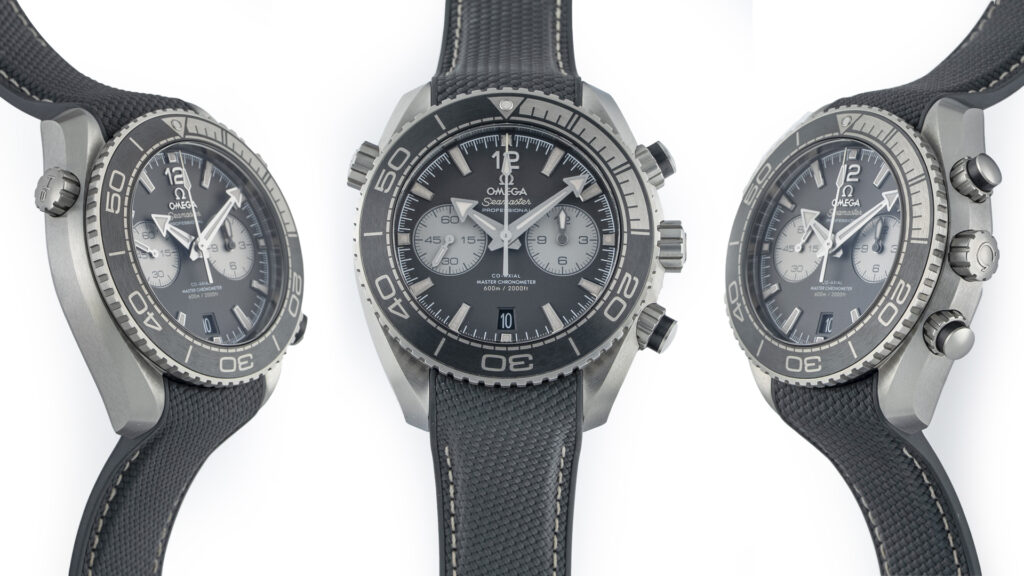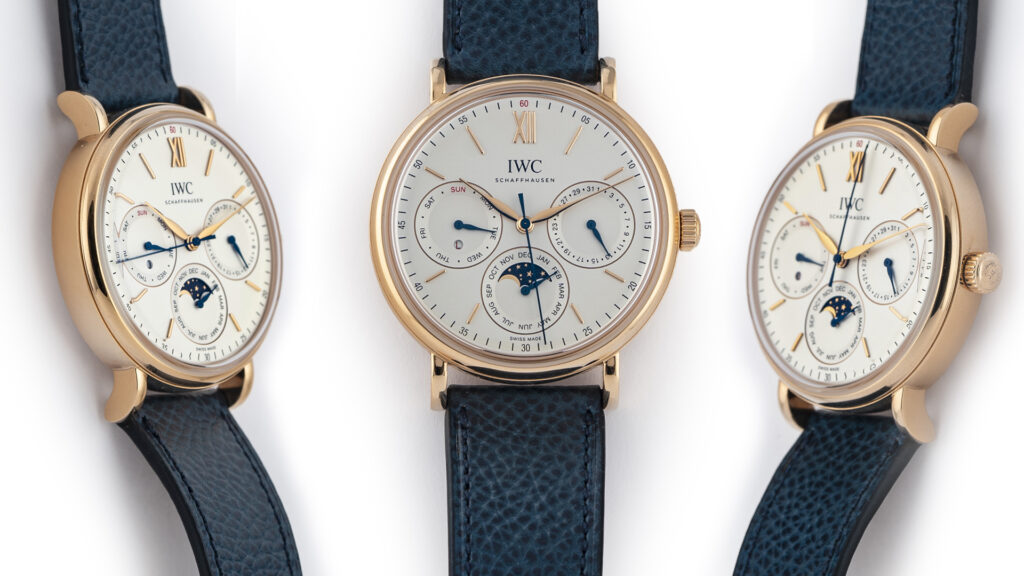The 10:10 Secret: Why Watches Are Always Set to This Time in Ads
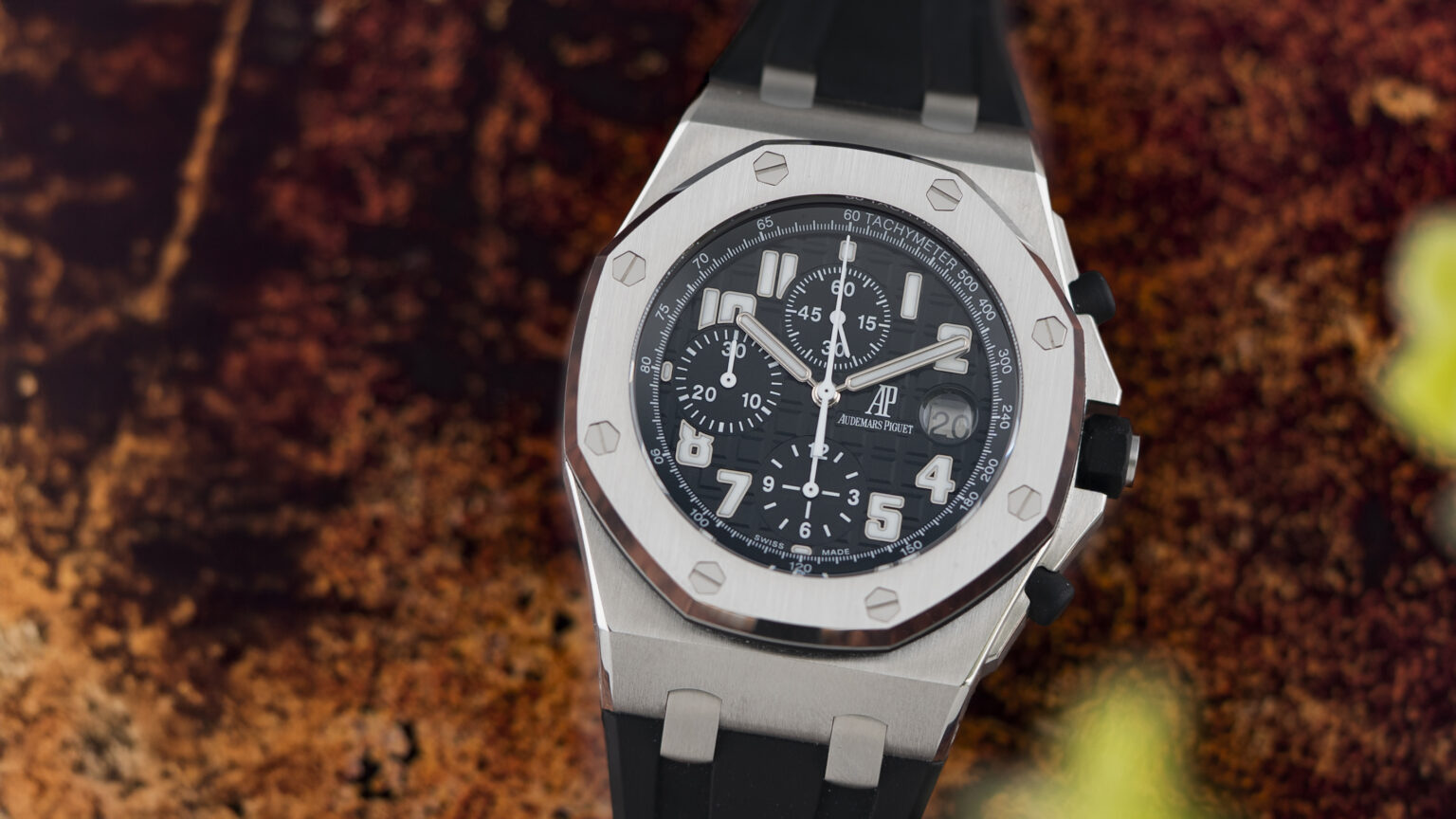
If you’ve ever browsed watch advertisements or e-commerce sites, you might have noticed something peculiar: watches are almost always set to 10:10. This time setting isn’t just a random choice; it’s an intentional and deeply rooted tradition in watch photography and advertising. In this blog, we’ll explore the intriguing history behind this practice and why it remains a standard in the industry today.
Table of Contents
The Origins: Did Omega Set the Standard?
The tradition of setting watches to 10:10 in advertisements dates back to the early 1900s. Some evidence suggests that Omega might have been one of the first brands to consistently use this time in their marketing materials. Curiously, some of their earliest ads actually featured watches set to 8:20, essentially an upside-down 10:10.

In fact, Omega pocket watches were featured in publications as early as 1901 by Kirby Beard & Co with the 10:10 setting. However, it’s unclear whether it was Omega or Kirby Beard & Co that first popularized this practice. I speculate that the trend may have been driven by an old-school sign painter or designer rather than a specific watch brand. By the 1950s, during the Mad Men era, the 10:10 setting had become the norm across various watch brands.
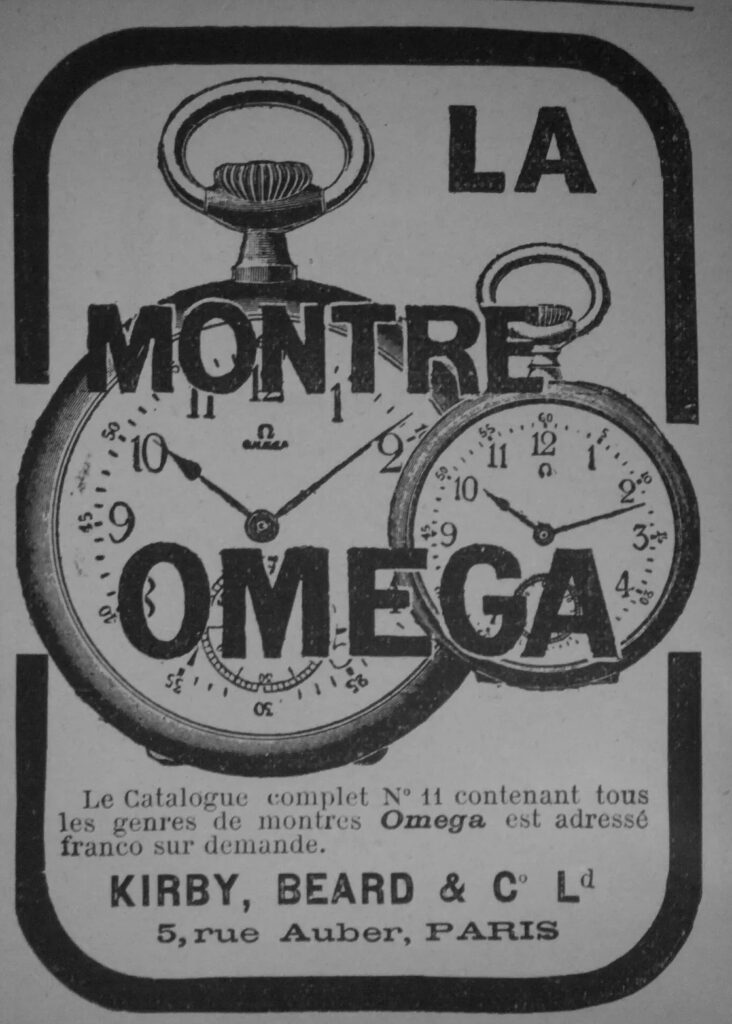
While the exact origins remain somewhat mysterious, one thing is clear: the 10:10 setting gained popularity because it simply looks better. It draws the viewer’s eye naturally, especially in a world where most people read from left to right. Much like the “rule of thirds” in photography, the 10:10 setting aligns with design principles that create a balanced and visually pleasing composition. This is why watches are set at 10:10 rather than, say, 1:50.
The Influence of Old-School Sign Painters and Designers
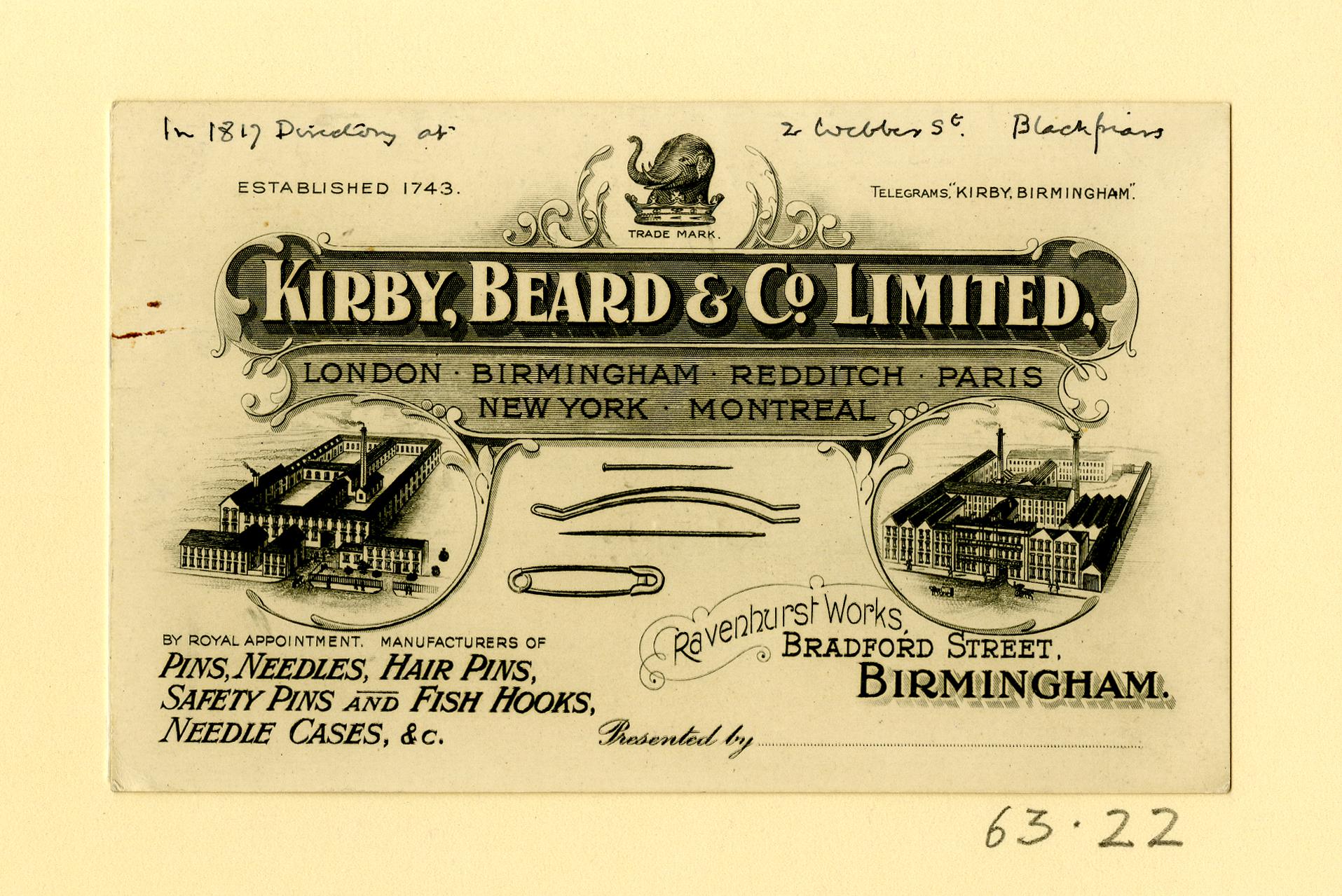
Before the digital revolution, old-school sign painters and graphic designers were the unsung heroes of visual advertising. They adhered to time-tested principles like symmetry, balance, and the use of negative space to create visually appealing layouts that resonated with viewers. These craftsmen understood the psychological impact of design and applied it intuitively to everything from shop signs to magazine advertisements.
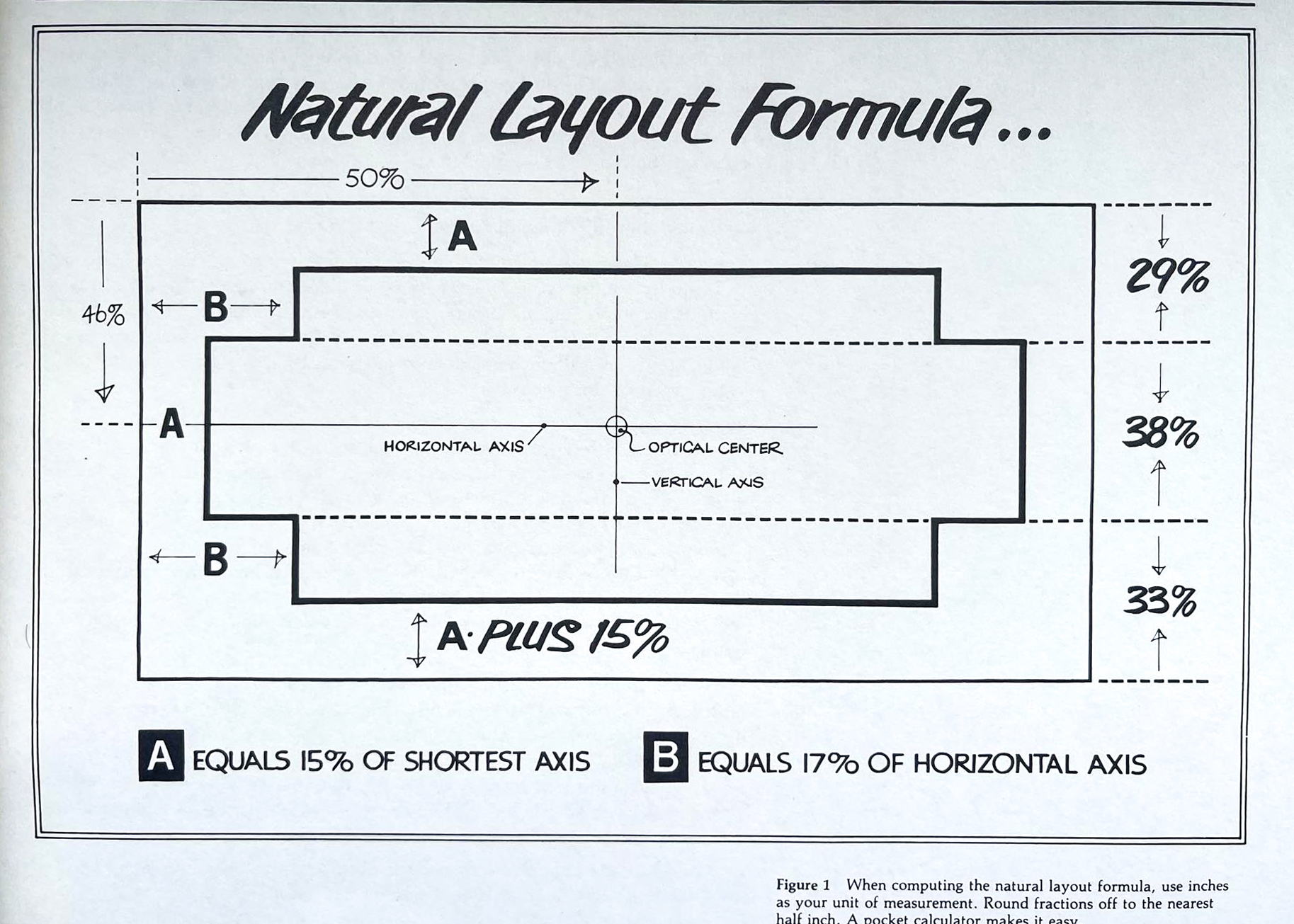
It’s no coincidence that the 10:10 setting aligns so closely with these principles. The symmetrical “V” shape of the watch hands mimics the pleasing geometry of many traditional design layouts. Negative space is used effectively to frame the watch dial, logo, and other elements, ensuring that nothing feels cluttered or overwhelming. This attention to detail is a hallmark of both early sign painting and modern watch photography.
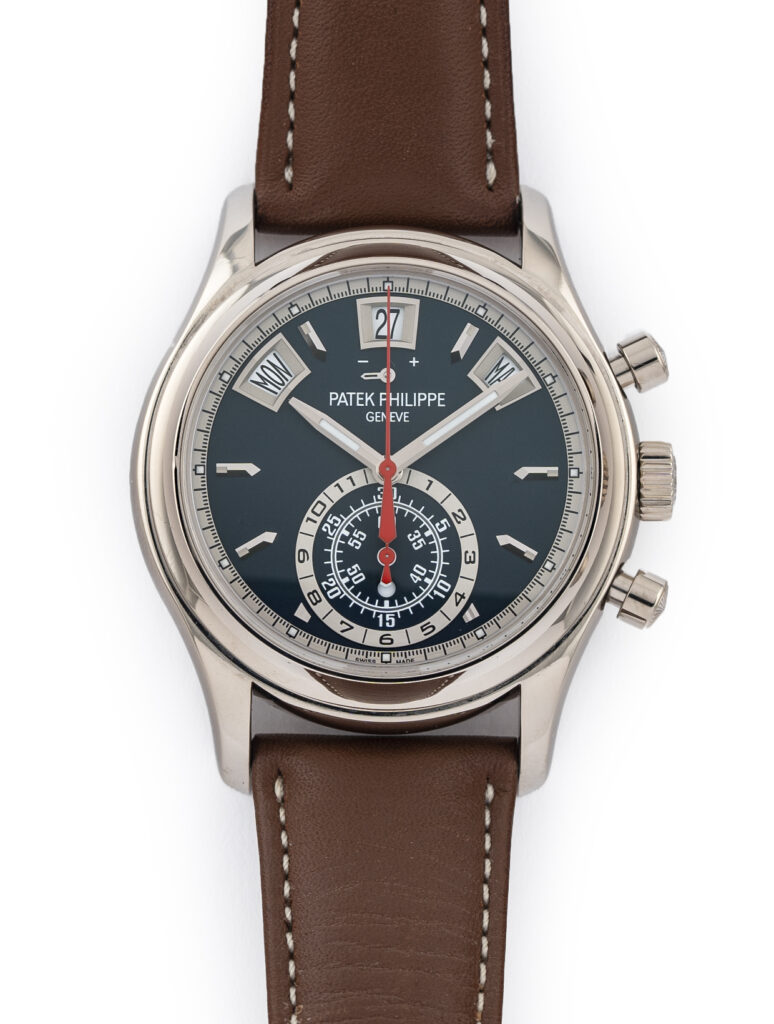
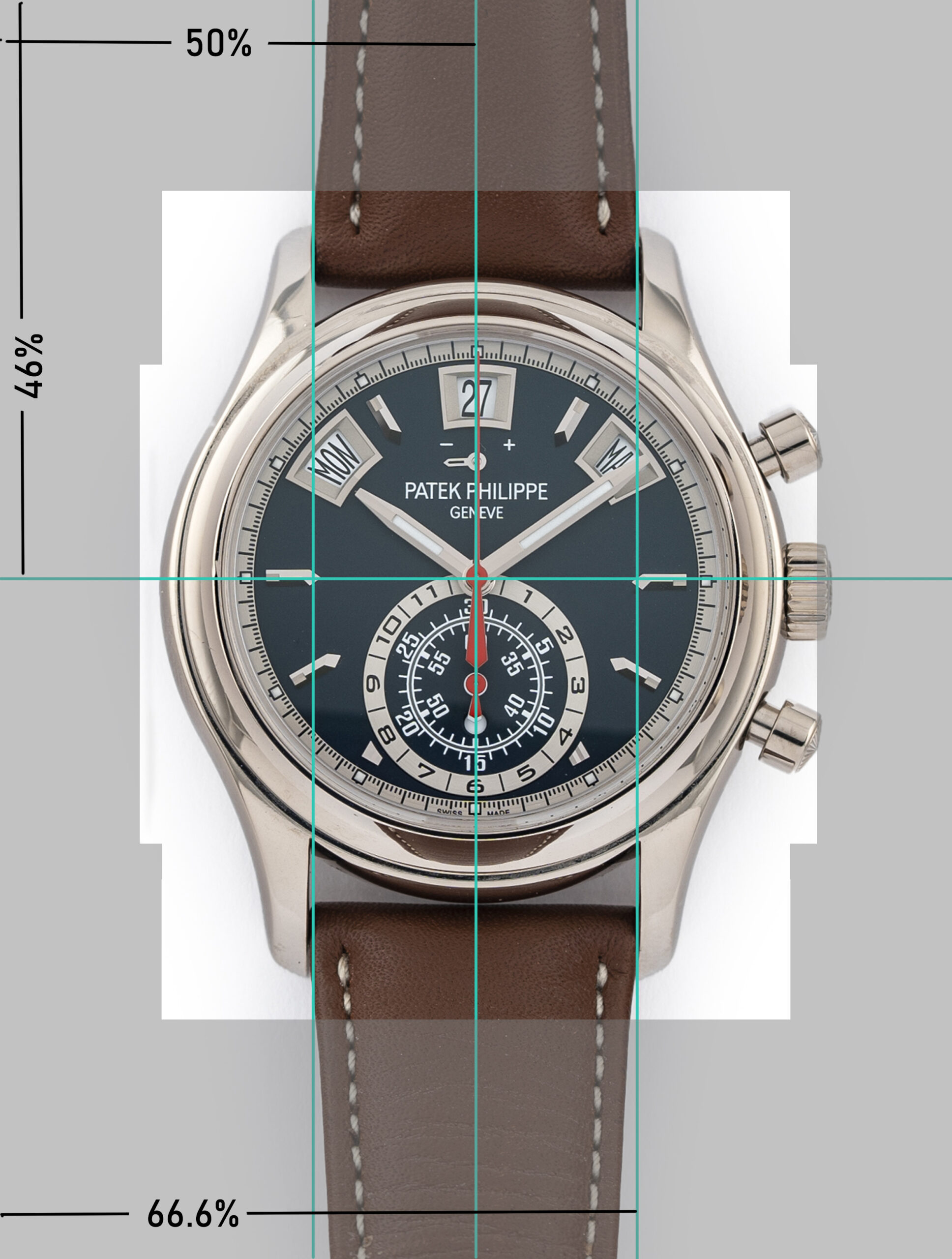
At its core, the 10:10 setting reflects the legacy of these early designers who laid the groundwork for what we consider good design today. Their influence extends to the way watches are photographed, presented, and marketed, ensuring that every element is optimized to draw the viewer’s eye and leave a lasting impression.
The Aesthetic and Psychological Appeal of 10:10
So, why exactly is 10:10 the preferred setting? Here are a few compelling reasons:
Symmetry and Balance
When set to 10:10, the watch hands form a nearly symmetrical “V” shape, which creates a sense of harmony. This symmetry is not only visually appealing but also draws attention to the center of the watch face, where the brand logo is often located. This strategic framing subtly directs the viewer’s gaze to the brand name, enhancing its prominence.A Positive, Smiling Look
The 10:10 setting resembles a checkmark or a Smile, giving the watch a more inviting and positive appearance. In marketing, a smile is associated with happiness and satisfaction, which can influence customers’ emotions and make them more inclined to buy.Showcasing Other Features
The 10:10 setting ensures that the watch’s subdials, date window, and other complications remain unobstructed, allowing potential buyers to see all the features clearly. Additionally, this setting keeps the brand logo, typically positioned at 12, 3, or 6 o’clock, fully visible, enhancing the overall presentation.

Why Understanding the 10:10 Tradition Matters for Designers
Why is it so important for designers to know that watches are set to 10:10 and not 1:50? While a designer might excel at creating artwork, understanding this tradition is crucial in watch advertising. It’s a practice deeply embedded in the industry, paying homage to the pioneers who set the standard long ago. The 10:10 setting isn’t just about aesthetics—it’s about respecting the heritage of watchmaking. This is especially relevant today; a quick Google search for “watch logo ideas” reveals an overwhelming number of examples that miss this critical detail.
How Capturing Watches Implements the 10:10 Rule in Photography
At Capturing Watches, we appreciate the significance of the 10:10 setting in showcasing a watch’s design. We strive to stay within the 10:08 to 10:12 range when possible, with a few exceptions. For our e-commerce clients, we consistently use this iconic setting to produce images that are not only technically flawless but also visually compelling. Our expertise in watch photography ensures that each timepiece is presented in the most attractive way possible, aligning with industry best practices.
Conclusion
The tradition of setting watches to 10:10 is more than just an industry standard—it’s a testament to the timeless principles of design and marketing. Rooted in history, aesthetic appeal, and psychological impact, the 10:10 setting continues to shape how watches are presented to the world. From the early days of Omega advertisements to the meticulous craftsmanship of modern watch photography, this practice reflects the industry’s commitment to showcasing timepieces in their best light.
Let Capturing Watches Help Your Business Thrive
In today’s competitive watch market, standing out is crucial. At Capturing Watches, we specialize in expert watch photography, consulting, and optimization services tailored to your unique needs. Showcase your inventory with stunning visuals and optimized strategies to capture your audience and boost your sales.
Contact Capturing Watches today!
Disclaimer: Capturing Watches operates independently and is not affiliated with Rolex or any other luxury watch brands.

